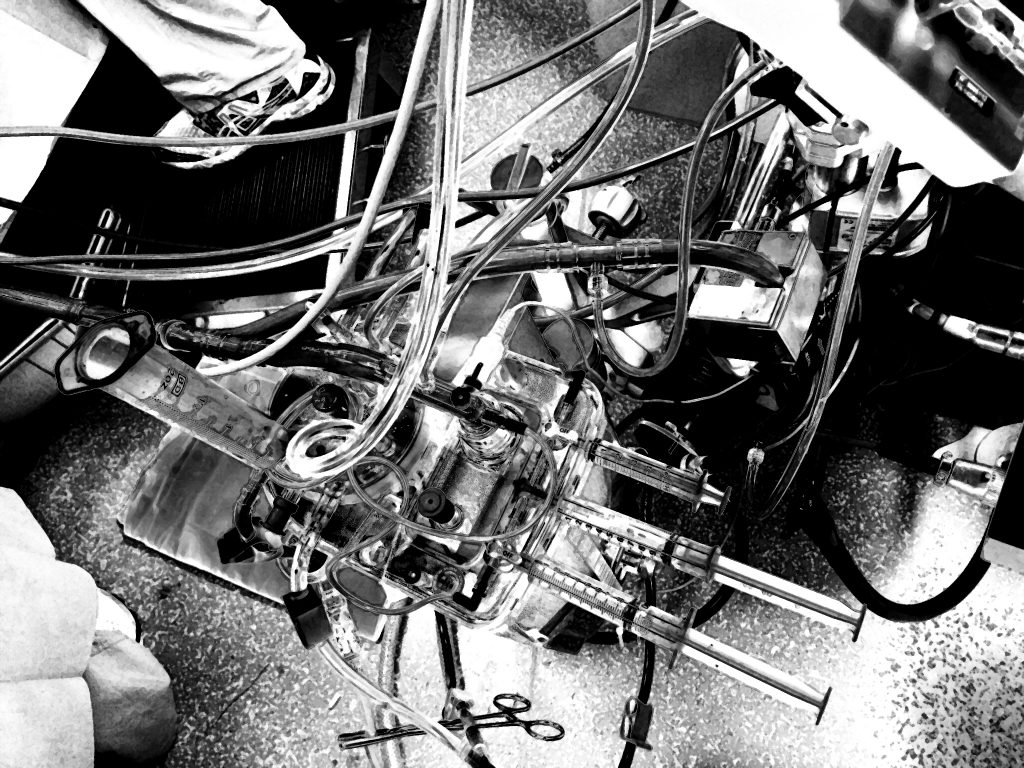The Incidence and Risk Factors of Hypofibrinogenemia In Cardiovascular Surgery

Objective
Cardiovascular surgery often causes massive bleeding due to coagulopathy, with hypofibrinogenemia being a major causative factor. We assessed the intraoperative incidence of hypofibrinogenemia and explored predictors of hypofibrinogenemia.
Methods
The intraoperative serum fibrinogen level (SFL) was routinely measured in 872 consecutive patients [mean age: 66.9 ± 13.3 years; 598 men (68.6%)] undergoing cardiovascular surgery from July 2013 to November 2016 at Nagoya University Hospital. There were 275 aortic surgeries, 200 cases of coronary artery bypass grafting (CABG), 334 valvular surgeries and 63 other surgeries. We estimated hypofibrinogenemia incidence (intraoperative lowest SFL ≤ 150 mg/dL) and identified its predictors by a logistic regression analysis.
Results
The average intraoperative lowest SFL of all cases, aortic surgery, CABG and valvular surgery was 185 ± 71, 156 ± 65, 198 ± 69 and 198 ± 68 mg/dL, respectively. Aortic surgery had a significantly lower intraoperative lowest SFL than CABG (p < 0.001) and valvular surgery (p < 0.001). The incidence of hypofibrinogenemia was 32.8%, 50.2%, 26.5% and 22.8% in all cases, aortic surgery, CABG and valvular surgery, respectively. The predictors of hypofibrinogenemia were the preoperative SFL, re-do surgery and perfusion time. A receiver operating characteristics curve analysis showed that the best preoperative SFL cutoff value for predicting hypofibrinogenemia was 308.5 mg/dL. Assuming preoperative SFL 300 mg/dL as the cutoff, the odds ratio for hypofibrinogenemia was 7.22 (95% confidence interval 5.26–9.92, p < 0.001).
Conclusions
The incidence of hypofibrinogenemia in aortic surgery was high. The preoperative SFL, re-do surgery and perfusion time were identified as predictors for hypofibrinogenemia. Intraoperative measurement of SFL is important for detecting hypofibrinogenemia and applying appropriate and prompt transfusion treatment.
